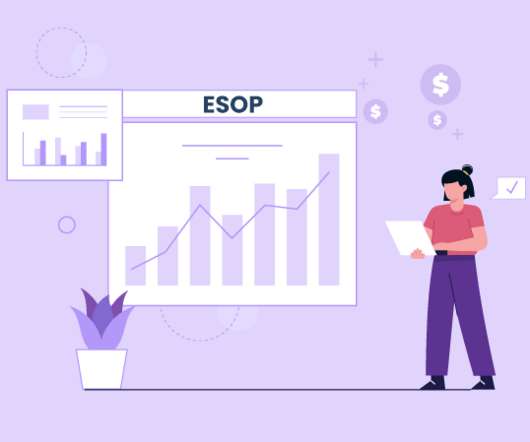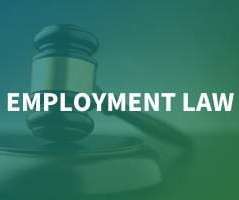What Is a Qualified Retirement Plan?
HR Lineup
MARCH 13, 2022
Some of these plans have an advantage when it comes to taxes. Types of Qualified Retirement Plans. There are three classes of qualified retirement plans, namely: 1. 403(b) plans. SOP – Employee stock ownership plans. SEP – Simplified Employee Pension. Target benefit plans. Profit-sharing plans.












Let's personalize your content